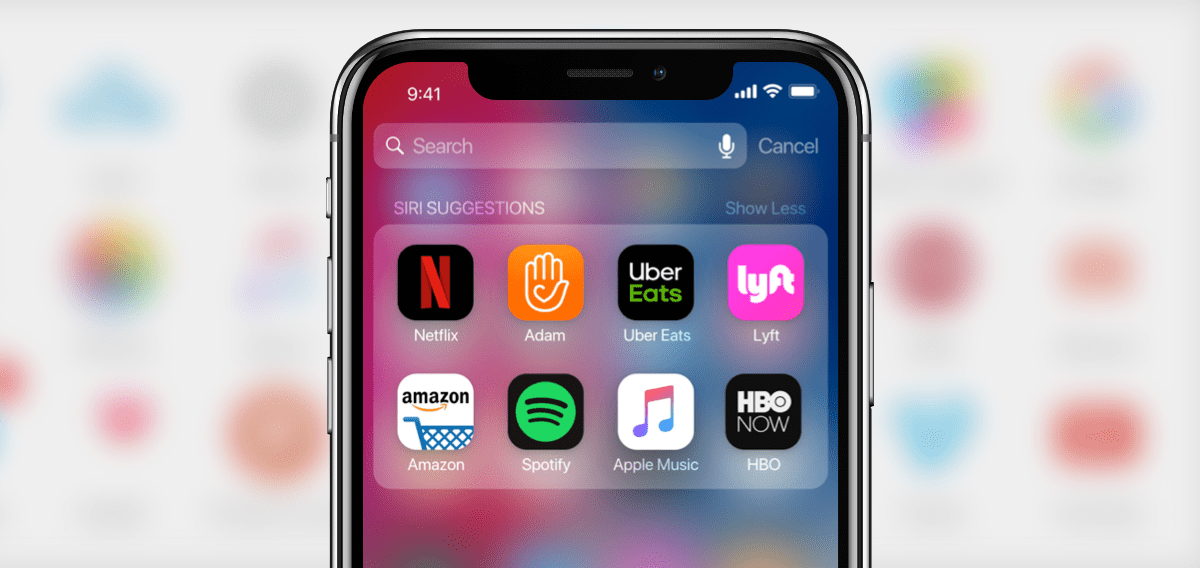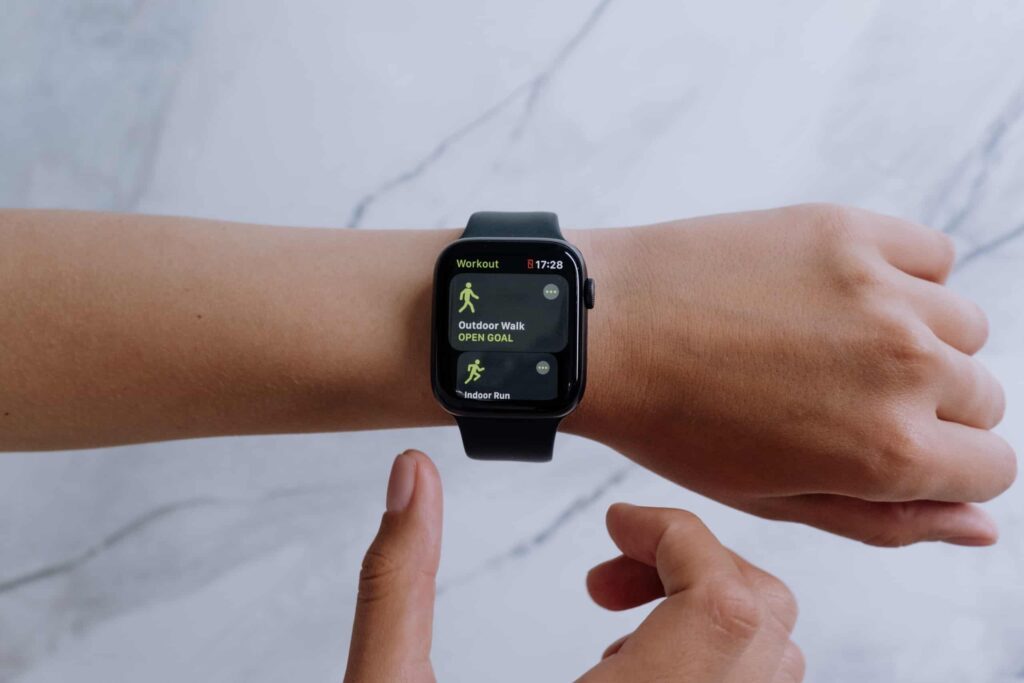Online grocery shopping is the fasting growing retail sector in the U.S.
TV and movie streaming services are giving satellite and cable television a serious run for their money.
We are getting one-day delivery service through Amazon, hiring neighbors to complete our home chores, streaming music, and booking massages in our homes.
The on-demand economy is getting stronger, and it’s certainly disrupting more traditional business models.
As BIA/Kelsey reports, “Local on-demand services reached 5.1 percent penetration of the addressable market in the U.S. [in 2016],” outpacing the growth of ecommerce and its market share of retail sales. But that number is still low—which means the industry has plenty of room for future growth.

In 2018, we’ve become more and more accustomed to immediacy. When we want something, we expect to get it as soon as possible. We consume our news on the go, we watch shows whenever and wherever we want, we download music with the tap of a button, and we have groceries delivered to our home. Our lives are not lived the same way they were 10 and 20 years ago.
What makes on-demand apps so popular is that they feed right into this 21st-century lifestyle. And not only do they respond to our needs, they tend to satisfy multiple needs at once: There’s the consumer’s need to have something completed or delivered, and the worker’s need to have a paying job… And we can’t forget the app company’s need (or desire) to turn a profit.
If you’re looking to create an on-demand app for your business, that’s great! At MindSea, we’ve helped brands do exactly that and have spent years studying what differentiates successful on-demand apps from those that fall flat. Here’s what you need to do before you start creating your on-demand app:
1. Identify Your Audience And The Problem That Needs Solving
How can you create an app if you don’t know who or what you’re creating it for?
That’s right—you can’t. Well, you can, but I promise you the app won’t make a whole lot of sense once it’s complete.
The most successful projects have a plan. They have direction. For an on-demand app—or any app—that means knowing who your users are and what their pain points are. User research is a great way to unlock the insights you need to create a quality app.
Start by figuring out what problem your on-demand app will solve. Why do people need this service? Are you fulfilling a need that really exists? Do people want mechanics to come to their door? Do people want food delivered to their home? Do people want haircuts at the tap of a button? The answers to all these questions can be ascertained through qualitative and quantitative research before you even get started.
Yes, you will also conduct research as your project gets underway (see the next point), and that research will produce a lot of the information you need to build your app successfully. But first you have to establish the parameters of your target market.
2. Conduct Thorough User Research
There’s no quicker path to failure than forgetting to do your homework.
I’ve touched many times in the past on the importance of user experience research. It is a MUST when planning, testing and launching ANY mobile app.
Use UX research to gain insights from potential users about what they want and what makes them tick; fix potential issues before they happen; and design the best app experience imaginable.
When conducting such research, your goal is to gain as much information as possible about your potential users and the market you’re entering. You will do this in a few ways:
1) Analyze your direct competition: What can you learn from your competitor’s app and its users? What kind of reviews does it receive? What do users like and dislike about their experience with the app?
2) Check out the on-demand market at large: You may not be creating a ride-sharing app, but looking at Uber, which every on-demand app creator uses as a model, would be wise. There’s no need to make the same mistakes other companies made at first if they’ve already shown you the path to making it work. What logistical roadblocks might you encounter? These are things you need to know.
3) Observe look-alike audiences: Who is your ideal customer and what are they up to? How are they spending time on their phone and online? By looking at the activities and habits of users similar to those you are targeting, you can begin to get a clearer sense of your own user profile.
3. Identify The Key Players And App Functionalities You Need

How many different players will be needed to run your on-demand app?
The main categories to consider will be 1) your users, 2) the service providers, and 3) your operations/administrative team. For example, for Uber, there are riders who request pick-ups, drivers who accept those requests, and the Uber team who manages the back end. For Uber Eats, there are customers who order food, restaurants that prepare the food, drivers who pick up the food, and the Uber Eats team who’s behind it all.
Because of all these different players, on-demand apps [link to LP once completed] can get tricky. All the parties involved in an on-demand service require a different range of capabilities and features from the app. Sometimes that means separate interfaces within one app, and sometimes it means creating completely separate apps for different players.
4. Have A Clear Business Model
Chances are you’re looking to make money from your app in some way. But “make money in some way” isn’t a viable strategy going into an app build—you need to know precisely what your business model is going to look like.

For on-demand apps, this part can be tricky, which is why I place emphasis on it. Even though you will measure the success of your app by the number of users that sign up and use the service, you also have to consider the possibility of demand outpacing your company’s expectations. The question then becomes: How do you generate enough demand to turn a profit but not so much demand that the customer experience suffers?
You also have to consider how you’ll screen your service providers. Are there qualifications they must have? How do you make sure they’re good people? How do you make sure they’re real people? Have a handle on all of this before you even begin your blueprint.
5. Find The Right Mobile App Developer
Given all the complexities we’ve talked about, building an on-demand app may require a different set of skills than building an ordinary app. Make sure you take the time to find a mobile app developer you can trust to bring the app to life as you envision it. This person or team of people should have enough experience with on-demand apps that they bring up considerations that had never even crossed your mind.
You’ll need a developer who knows about GPS integration, mobile commerce, chatbots and anything else that may become part of the app construct.
Maybe that someone is on your team, or maybe you need to outsource the work. Whatever you ultimately choose, give the decision some sincere thought now, and you will have fewer worries during the build!
Conclusion
Well … what are you waiting for? You have the tools—now all that’s left is to execute.
On-demand apps are some of the most relevant, forward-thinking and fastest-growing businesses out there today. What makes these businesses so strong is that they’re more scalable than their brick-and-mortar counterparts.
Driving downloads and sign-ups and maintaining engagement levels is the ultimate goal for your app, and the steps above are crucial to getting there.
Want to build your on-demand app? Get in touch with one of our Project Strategists today!



